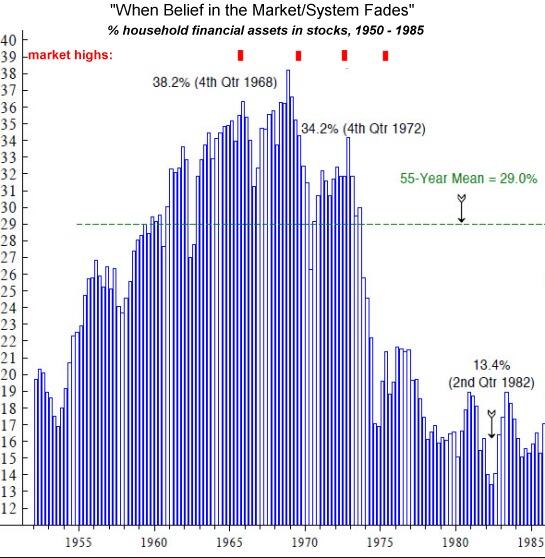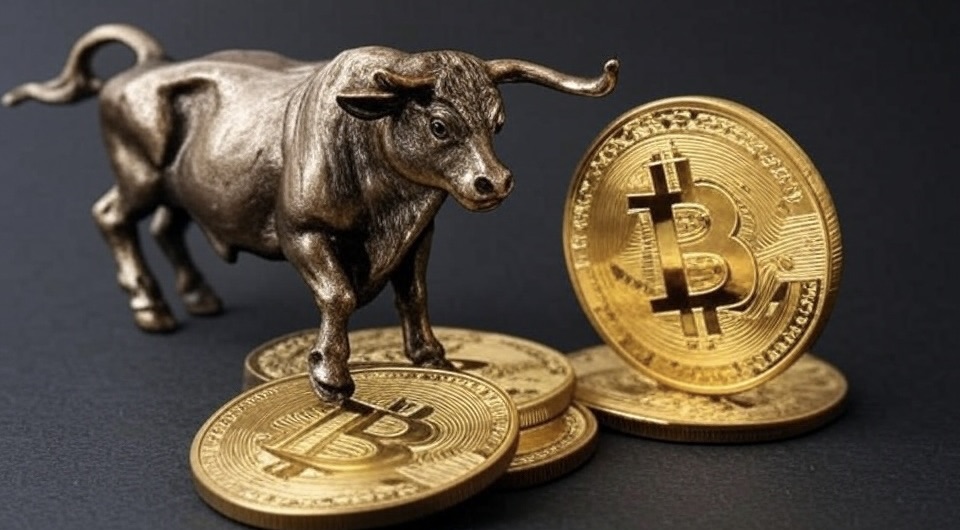Playing It Safe
Authored by Charles Hugh Smith via OfTwoMinds blog,
Violent crashes followed by equally violent rip-your-face-off rallies as we experienced in August are not signs of a healthy, stable stock market.
An astute reader recently asked me: "If you had to rollover a pot of money from a 401K in the next month, how/where would YOU invest it?" Please note that my answer is not investment advice? I am only responding to the reader's direct question: what would I do? In other words, given my circumstances, age, risk appetite, assets, income, obligations, etc., what would I personally do? My answer is only relevant within the context of my own individual circumstances. Everyone else with their own unique circumstances will have their own answer.
My answer: I'd play it safe. What "safe" means depends on the person, but for me, "safe" means cash, and cash equivalents that earn some sort of yield, for example, short-term Treasury bills / notes / bonds which I can buy via TreasuryDirect.gov . For someone else, "safe" may be some other asset or perhaps diversifying their bets in the casino: some on the roulette wheel, some on the poker tables, etc.
Why would I play it safe? Two reasons come to mind.
1) Mr. Buffett just sold a dollar amount of Apple stock equal to the GDP of a small nation. That is a very clear signal of how he views valuations and the global economy. Mr. Buffett was widely considered an out-of-it old fool when he missed the dot-com NASDAQ bubble in 1999, but a few years later after the NASDAQ had fallen 85% from its peak, perceptions of the out-of-it old fool changed.
2) Violent crashes followed by equally violent rip-your-face-off rallies as we experienced in August are not signs of a healthy, stable stock market. This kind of action smells very strongly of insiders and major players "distributing" (ie selling) to retail (households with stock portfolios, 401Ks and IRAs, and passive index funds which are bagholders all the way down should stocks crash) in anticipation of a serious, prolonged decline in valuations.
There is an overwhelming abundance of signals and analyses--Treasury yield inversions, etc.--but these two suffice.
But if you insist on two more, consider:
3) the percentage of household wealth in stocks has reached an all-time high. This has a very strong correlation with major multi-year tops in the stock market.
4) Volatility remains complacently untroubled. Sure, volatility as expressed in the VIX index is suppressed to keep stocks nicely elevated, but the complacency is evident in other readings as well. Recency biashas made punters extremely complacent and confident that A) buying the dip will be handsomely rewarded every time, without fail, and B) the Federal Reserve will do "whatever it takes" to save the stock market from any spot of bother. That these conditions may no longer be guaranteed has not yet entered the risk-return analysis of most punters.
OK, here's a lagniappe indicator: the bat guano-quatloo / JNK-Mongolian Cattle Futures Index ratio. Interpret this one however you like, but to me it is suggesting that playing it safe has a favorable risk-return thingy.
* * *
Become a $3/month patron of my work via patreon.com.
Subscribe to my Substack for free
More markets stories on ZeroHedge
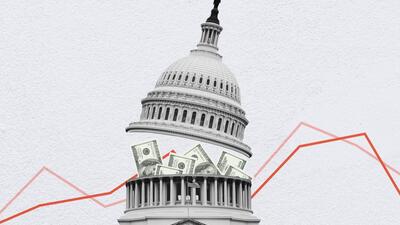
"We've Already Defaulted!": On Inflation, Deficits, Broken Markets, & The Fiscal Illusion
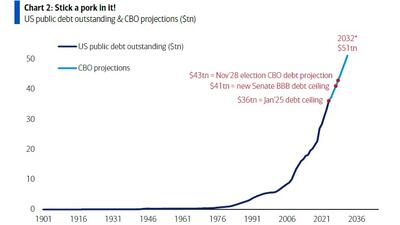
"One Big Beautiful Bubble": Hartnett Warns US Debt Will Exceed $50 Trillion By 2032
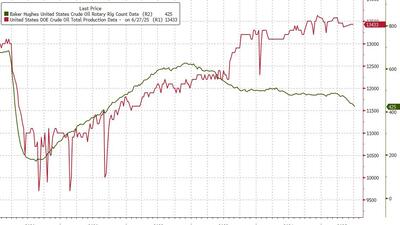
OPEC+ Boosts Output More Than Expected In Quest To Snuff Shale
NEVER MISS THE NEWS THAT MATTERS MOST
ZEROHEDGE DIRECTLY TO YOUR INBOX
Receive a daily recap featuring a curated list of must-read stories.




